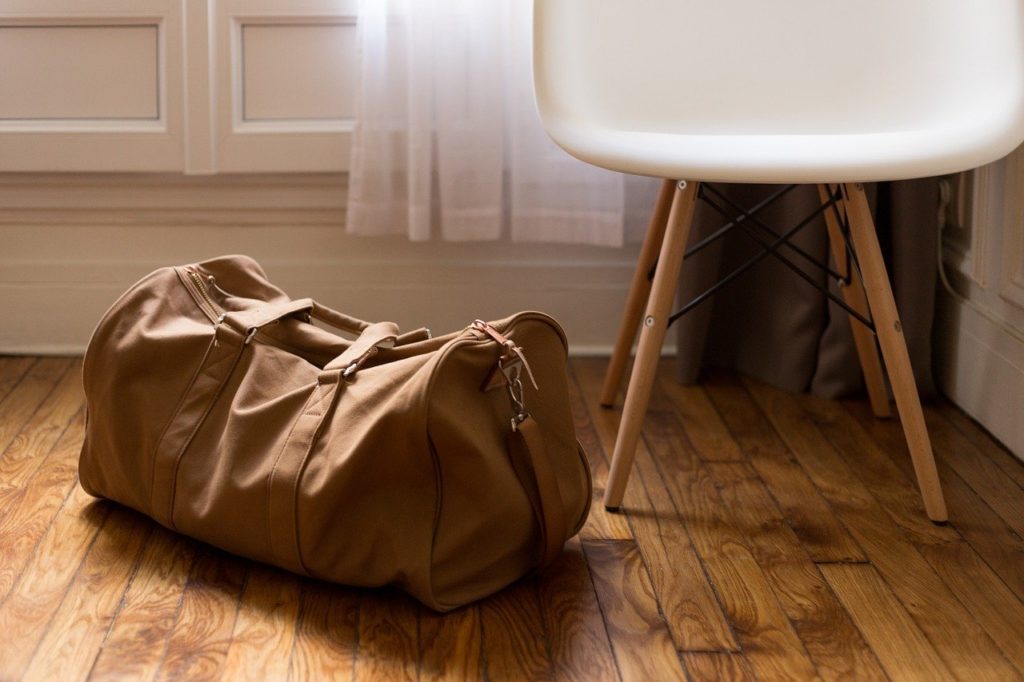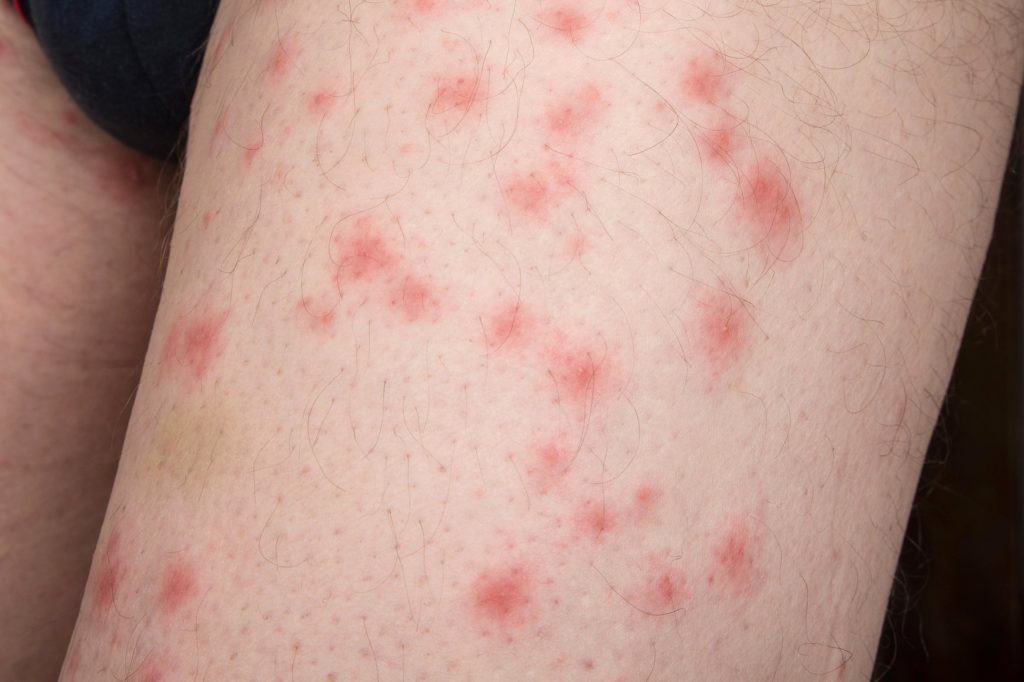Bed bugs in college dorms are not that uncommon. There are people from all over the world, gathered in the same housing. Some of these people are bound to bring bed bugs into their dorm rooms and potentially spread the pests across the entire residence.
College students have enough problems of their own, and bed bugs can make their lives even more stressful. Here is an ultimate guide about bed bugs in college dorms, so college students can eliminate their pest problems immediately and worry about the things that matter – their studies.
Why are there bed bugs in college dorms?
Having bed bugs doesn’t automatically mean that you are unhygienic. Bed bugs can thrive in a lot of places, even clean ones. In fact, the cleanliness of a residence is not even a huge factor in determining whether it is prone to bed bugs or not.
The most common cause of bed bugs is travel. A person brings the bed bugs from one place to another, usually through an object that houses the pests. This makes college dorms very risky, as people from different places may bring in their personal items.
Here are some of the most common personal items that may carry bed bugs and start an infestation in college dorms:
- Bedding. Mattresses, bed covers, pillow cases, are known carriers of bed bugs.
- Books. Books, particularly those that are hardbound, can house bed bugs too. The pests can also thrive on binders and between pages.
- Clothing. Fabrics including clothes can potentially have hitchhiking bed bugs. They are not the best spots for bed bugs to thrive, but you shouldn’t take your chances.
- Furniture. Sofas, chairs, and other soft-cushioned furniture are perfect spots for bed bugs. But you should also look into the hard parts, such as the corner of dressers and legs of furniture.
- Luggage. Bed bugs can also thrive in backpacks, suitcases, and other forms of luggage.

How do you prevent getting bed bugs in college dorms?
Prevention is always better than cure. Prevent getting bed bugs by giving particular attention to the personal items listed above. If you are careful of these items, you are limiting the chances of bed bugs getting into your college dorm.
- Check the mattress first. Before settling into your mattress, check it first for signs of a bed bug infestation, such as the presence of insect carcass. Also check the entire bed frame. If they are okay, only then should you cover them with your sheets.
- Examine the books before bringing them back into your dorm. Whether the books are from your home or your college’s library, you should examine them first before you even think about bringing them back into your dorm. Give particular attention to the binding.
- Wash your clothes before packing them. To make sure that there are no hitchhiking bed bugs in your clothes, wash them first before you put them in your luggage. It’s best to wash and dry them in the highest setting in your washing machine.
- Check the furniture. Check the soft-cushioned furniture for signs of a bed bug infestation, such as insect fecal matter. Give particular attention to crevices and other possible hiding spots, such as the furniture’s legs.
- Check your luggage. As mentioned earlier, backpacks, suitcases, and other forms of luggage can house bed bugs. Make sure to check your luggage before bringing them into your college dorm. Look for white or dark spots near the zippers in particular.

What should you do if there are bed bugs in your college dorm?
But what if your college dorm is already suffering from a bed bug infestation? After all, you may have acquired the dorm when it is already infested. You may have also overlooked something that have started an infestation in your dorm unsuspectingly.
In these cases, you have no choice but to deal with the problem. Here are some things you can do if there are bed bugs in your college dorm already.
- Be wary of bed bug bites. Bed bugs are not known to spread diseases, but this doesn’t mean you should not be careful. Bed bug bites can cause itchiness, irritation, and infection. Buy over-the-counter or prescription medication in case of bed bug bites.
- Vacuum everything. Capture bed bugs and their eggs by using a vacuum. Focus on your bed, furniture, and fabrics such as carpets and curtains. And remember to throw away the vacuum bag in a trash bin far away. You don’t want to infest other dorm rooms or re-infest your own.
- Kill bed bugs with heat. You can kill bed bugs with heat. This method is particularly effective for fabrics, such as your clothes. Wash and dry them with the hottest setting to make sure that the bed bugs are truly killed.
- Isolate infested items. Get rid of bed bugs by starving and dehydrating them to death. You can accomplish this by isolating the infested item. Cover the infested item with a plastic bag or some other casing. You can either leave the isolated item alone or subject it to extreme heat or cold.
- Use pesticides. Bed bug pesticides are regulated by the government. Make sure to use ones that are properly registered. You can use sprays and apply the pesticide directly. Just make sure you are reaching the crevices of furniture and other hard-to-reach spots where bed bugs can thrive. Also make sure to read the label to ensure your safety and the pesticide’s effectiveness.

Conclusion
College dorms have a high risk of getting bed bugs. This is because there are a lot of people coming and going, and these people are bound to bring in items that have bed bugs in them.
Avoid getting bed bugs in your college dorm by being extra careful with your bedding, books, clothing, furniture, and luggage. But if you are already suffering from a bed bug infestation, there is no need to worry. You don’t need to throw away your mattress to get rid of the pests. There are proper methods to get rid of your pest problem, such as the use of vacuum cleaners, steam cleaners, and pesticides.
It also helps if you learn how to keep your dorm clean. Bed bugs will not have an opportunity to thrive if you are constantly cleaning and disturbing the places where they can thrive.

